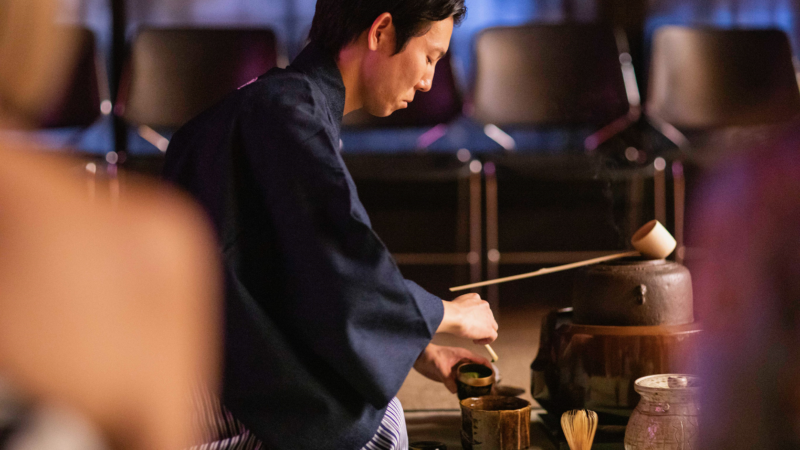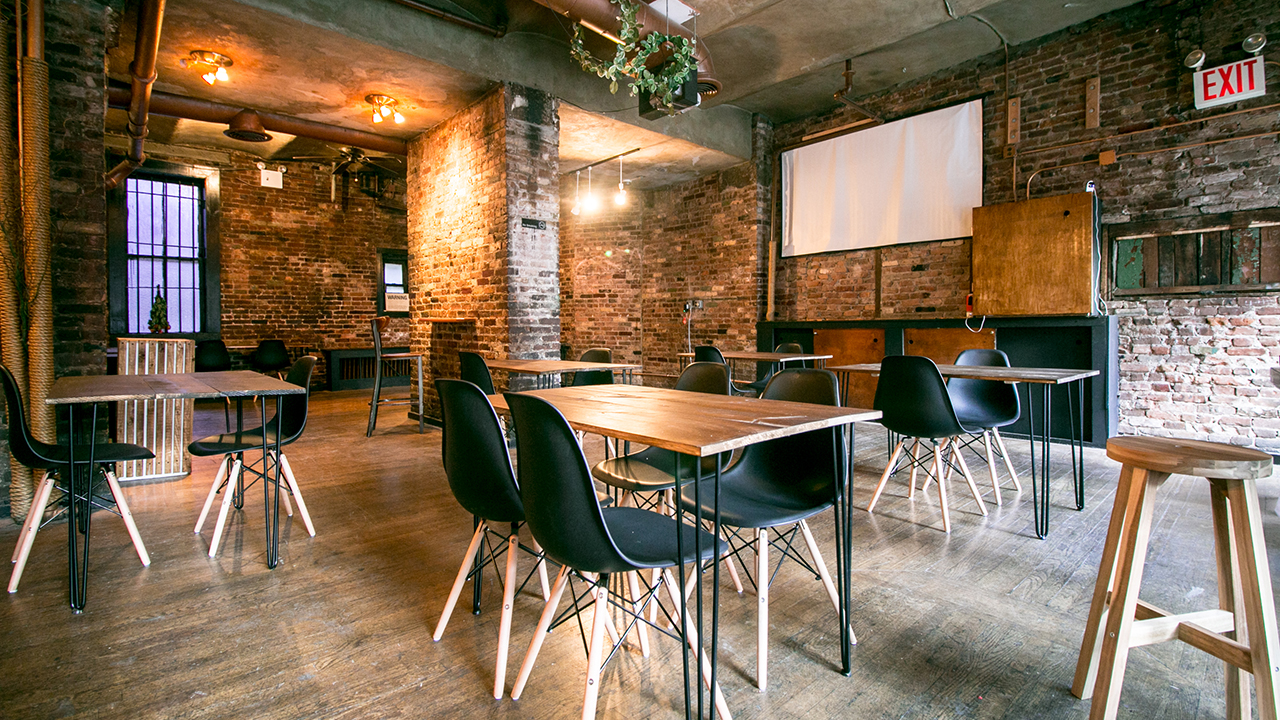
November 7, 2014 – Deborah Klens-Bigman, Ph.D.
One of my colleagues is an agent for a Japanese travel firm in New York. When we do business together (approximately once a year), she asks questions about some of my experiences in Japan.
In particular, she is interested in my stays at Mt. Koya, the seat of Shingon Buddhism. Travelers to Koyasan generally stay in guest facilities at temples. Whether the visitors are Buddhist pilgrims or not, the temple offers a unique experience. Visitors stay in tatami rooms and enjoy the vegetarian cuisine that is unique to each temple (and a closely guarded secret!). They also have the option of taking part in the daily prayer rituals held in the sanctuary.
The agent has told me that some American visitors have been very dissatisfied with their visits to the mountain. They complained that the food was only vegetarian, that they had to wake up at a certain time, be in the temple at a certain time at night, and that” the monks weren’t friendly.” They wanted their money back. We both agreed that (1) a temple is not a hotel; (2) it has rules (because it’s a temple); (3) people at temples eat only vegetarian food; and, finally (4) the monks are monks, and are not there to entertain the guests.
This, in a nutshell, is exactly How Not to Go to Japan. The dissatisfied customers were unhappy because their visit to Koyasan, the most sacred site in all of Shingon, was not there for their amusement, and did not meet their expectations. I have no idea what they were actually looking for, but it sounded very much like they were expecting some kind of resort. I have been to Koyasan several times. It is beautiful and peaceful, while, at the same time, spiritually intense. There are pilgrims and tourists, to be sure, but the place does not exist for them. In some ways, it just is.
Practitioners of traditional budo, if they are serious, should at some point pencil in a trip to the Old Country in order to experience some traditional training. No matter how traditional the teacher in the U.S., there is no substitute for spending at least some time at the source. The most important preparation a student can make is to lose as many preconceptions as possible about what it might be like to train in Japan. I can guarantee that whatever your experience, it will not be anything you could expect. Training in Japan is both less formal than you might think, and more formal. It is less formal in the sense that the Japanese practitioners did not need to learn basics of etiquette and tradition as “learned behavior;” they already know. For many Japanese practitioners, budo is not a hobby, it is part of their identity. Perhaps they are descendants of samurai, who are carrying on a family tradition.
Perhaps they are interested in history and traditional culture. In any case, the non-Japanese budo student will find an almost familial atmosphere. And you are a guest. A well-known one, perhaps, but still a guest. That’s where the formal part comes in.
No matter what your rank in the U.S., you will be nowhere near the people who may have literally grown up in the ryuha. No one cares what you think. No one wants to know your ideas about how to do kata. As a non-Japanese student training in Japan, you should follow the etiquette your teacher taught you, be observant at all times, don’t eat or drink to excess, and keep your mouth shut. Let your preconceptions rule you and your experience will be limited to what you think you already know. The more open you are to the experience of training in Japan, the greater the benefit.




